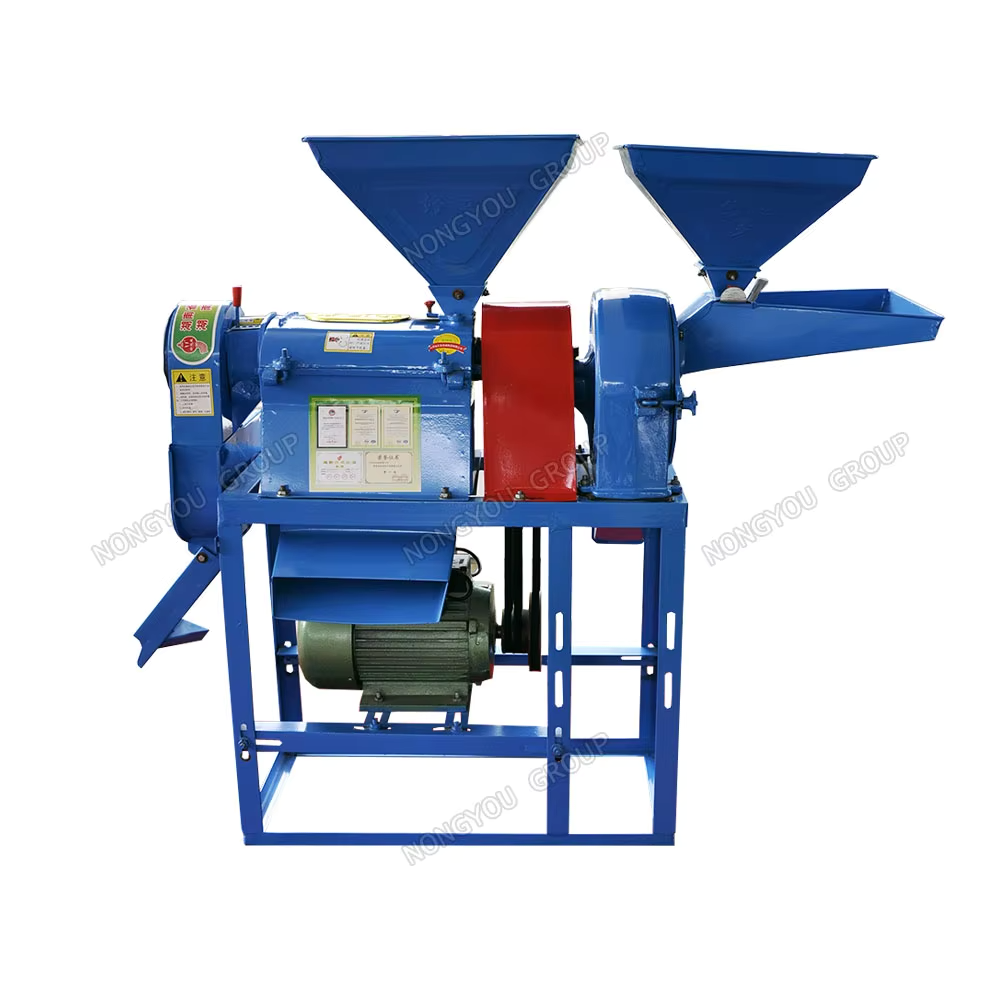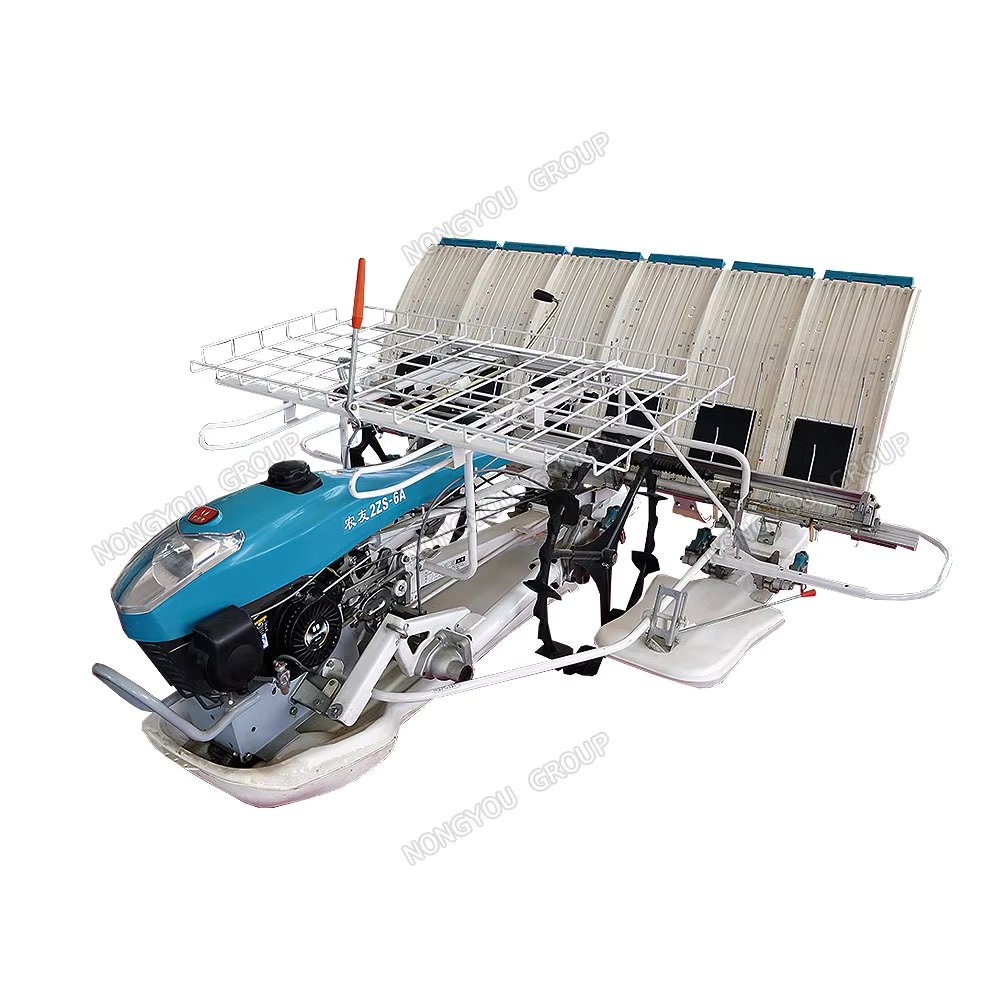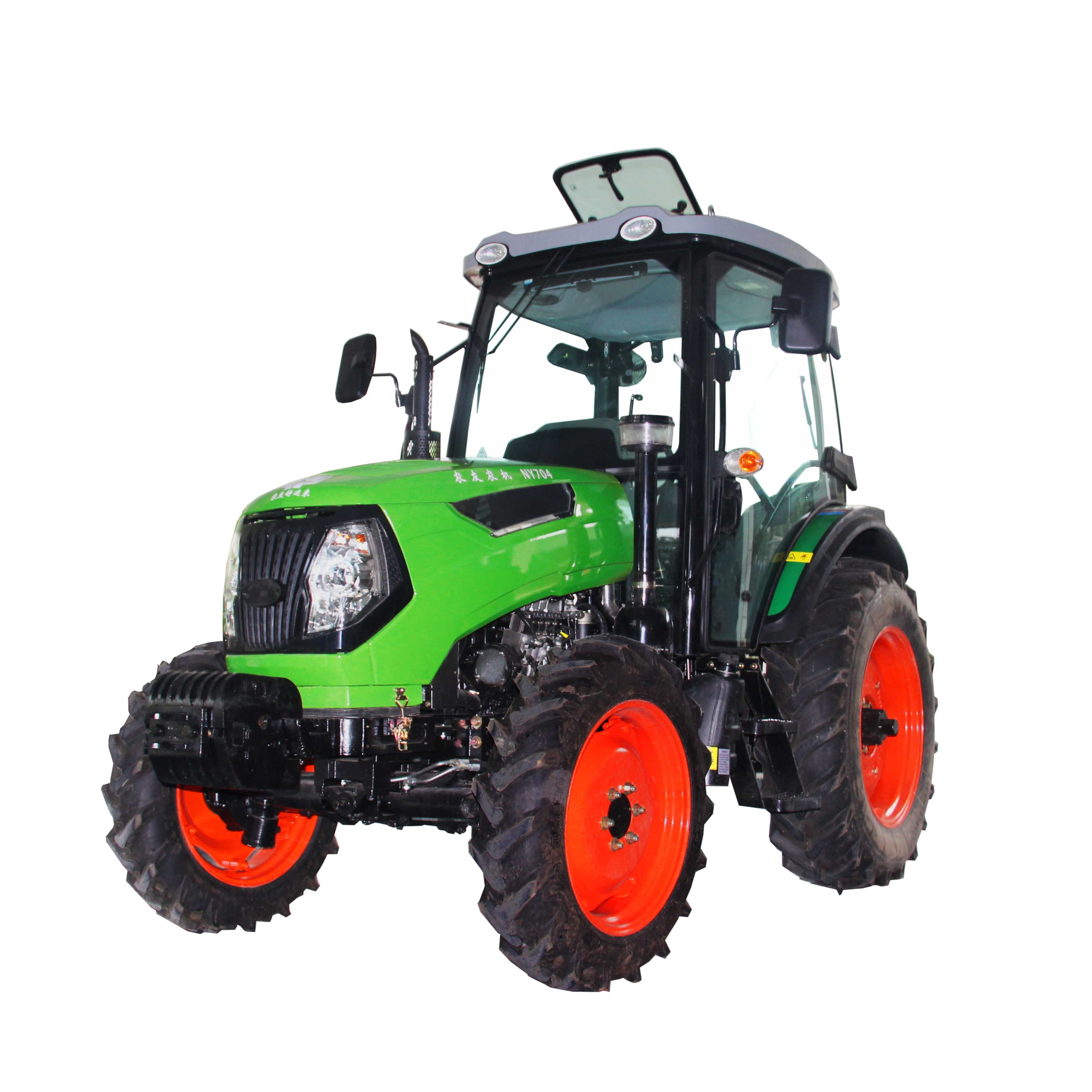feed processing machinery
Feed processing machinery represents a crucial advancement in modern agricultural technology, encompassing a comprehensive range of equipment designed to transform raw materials into high quality animal feed. These sophisticated systems integrate multiple functions including grinding, mixing, pelleting, and cooling processes within a streamlined production line. The machinery utilizes advanced automation controls and precision engineering to ensure consistent feed quality and optimal particle size distribution. Key components typically include hammer mills for grain processing, ribbon mixers for uniform blending, conditioning chambers for moisture and temperature control, and pellet mills for compressed feed production. The technology incorporates smart monitoring systems that maintain precise control over temperature, moisture content, and processing time, ensuring that nutritional values are preserved throughout the manufacturing process. These machines can handle various raw materials including grains, proteins, minerals, and additives, processing them into uniform, easily digestible feed products. Modern feed processing systems also feature energy efficient designs, reducing operational costs while maintaining high throughput rates. The machinery's versatility allows for quick recipe changes and batch processing capabilities, making it suitable for both large scale commercial operations and smaller agricultural enterprises. Additionally, these systems often include advanced safety features and easy cleaning mechanisms, ensuring both operator safety and product hygiene.


